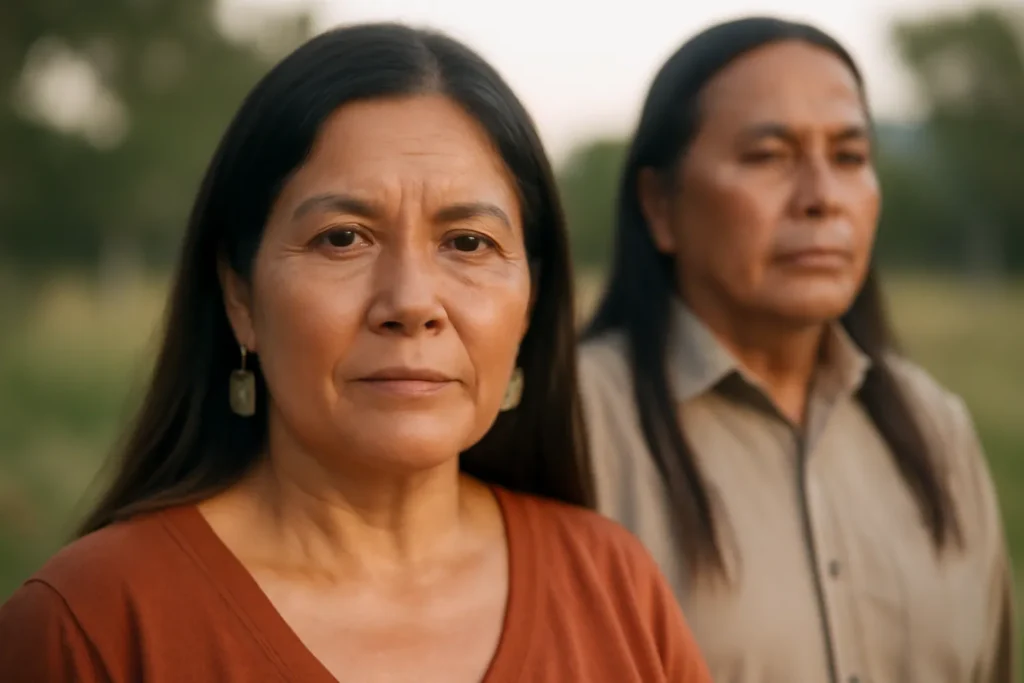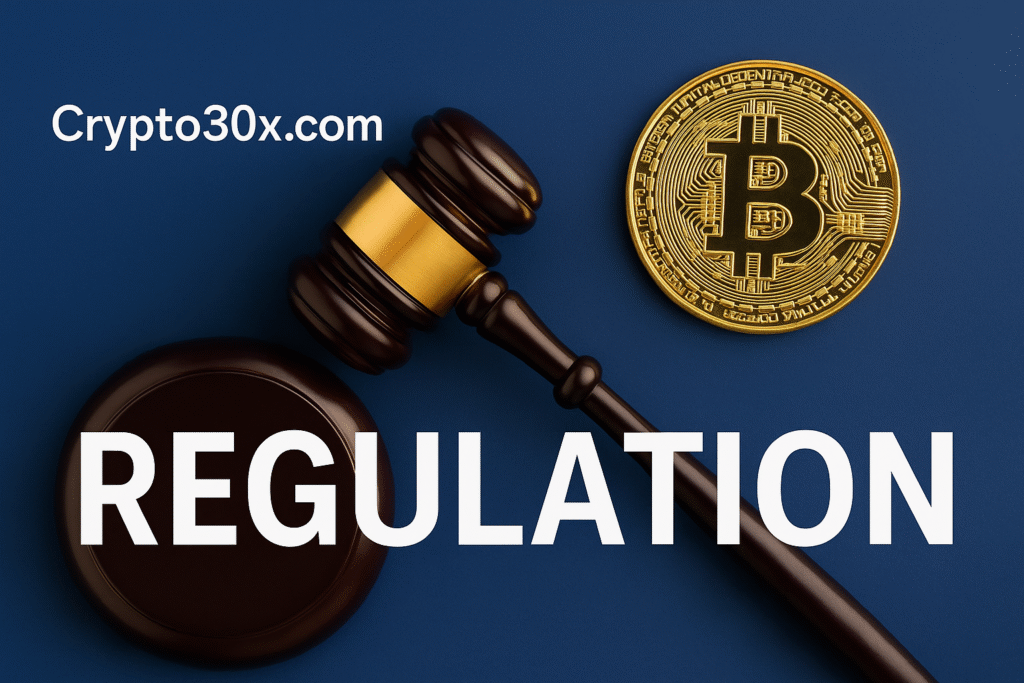Have you ever wondered if Mexicans are Native American? It’s a question that sounds simple but opens a fascinating door to history, genetics, and culture. When I first started learning about Mexico’s Indigenous roots, I realized how deeply connected the country is to the ancient civilizations that lived long before Europe even knew the Americas existed.
Here’s the thing—when we talk about “Native Americans,” people usually think about tribes in the United States. But if we look at the bigger picture, Mexico’s Indigenous peoples are also part of that same story. They’re part of the original civilizations that made this continent their home thousands of years before the Spanish arrived. Let’s explore this together and uncover the layers of heritage that make up Mexican identity today.
Snippet-Ready Definition:
Mexicans are largely of mixed Indigenous and Spanish ancestry. Many have Native American roots from ancient peoples like the Aztecs and Maya, linking Mexico’s culture deeply to the original civilizations of the Americas.
Understanding the Term “Native American”
The phrase “Native American” often refers to the Indigenous peoples who lived in the lands now called the United States. But if we go by its literal meaning, it refers to the original inhabitants of all the Americas—from Alaska down to Chile.
The broader term used by historians and anthropologists is “Indigenous peoples of the Americas.” That includes Native Americans, First Nations, and the many Indigenous groups of Mexico, Central, and South America. So technically, yes, Mexicans with Indigenous ancestry fall under that wider umbrella.
The Origins and Evolution of the Term
The term “Native American” became common in the U.S. to replace “American Indian,” which many felt was inaccurate and rooted in colonial misunderstanding. However, in Mexico, the word “Indígena” (Indigenous) or “pueblos originarios” (original peoples) is used to describe the descendants of ancient civilizations like the Aztecs, Maya, and Mixtec.
Broader Context: Indigenous Peoples of the Americas
When we talk about Native Americans, it’s not just about geography—it’s about belonging to the first peoples of the continent. Whether it’s the Hopi of Arizona or the Zapotec of Oaxaca, all are part of the same ancestral family that’s lived across the Americas for millennia.
Who Are Mexicans? Nationality, Ethnicity, and Identity
Here’s something important: “Mexican” is a nationality, not a race. Mexico is home to incredible diversity—Indigenous communities, people of European descent, African heritage, and even Asian roots.
Most Mexicans today are considered mestizo, meaning mixed ancestry—mainly Indigenous and Spanish. This mix started after the Spanish colonization in the early 1500s, when Indigenous peoples and Spanish settlers began intermarrying. Over centuries, that blend became the cultural and genetic foundation of modern Mexico.
What’s beautiful about this is that being Mexican isn’t about fitting into one box—it’s about embracing a shared identity built from many roots. Some families proudly maintain their Indigenous traditions and languages, while others have blended influences from Europe and Africa into their lives.
Indigenous Peoples of Mexico: The Original Inhabitants
Long before Mexico became a country, it was home to great Indigenous civilizations that shaped world history. The Aztecs (Mexica), Maya, Zapotec, and Mixtec built cities, developed writing systems, and studied astronomy with incredible precision.
Major Indigenous Groups of Mexico
Even today, Mexico has over 60 officially recognized Indigenous groups. The Nahua, Maya, Mixtec, Zapotec, Otomi, and Tarahumara are among the largest. Each has its own language, culture, and traditions that go back thousands of years.
You can still visit places like Oaxaca, Chiapas, and Yucatán and meet people who proudly identify with their Indigenous heritage, speaking languages that existed long before Spanish.
Population and Language Statistics
According to Mexico’s National Institute of Statistics and Geography (INEGI), around 15–20 percent of the population identifies as Indigenous. However, genetic studies show that over 60 percent of Mexicans have some level of Indigenous ancestry, even if they don’t identify that way culturally. That means the majority of Mexicans carry Native American roots in their DNA.
Genetic Ancestry: What DNA Research Reveals
DNA studies have given us fascinating insight into Mexico’s Indigenous heritage. Researchers have found that most Mexicans share genetic markers linked to the Indigenous peoples of the Americas. The mix varies by region—people from southern states like Oaxaca and Chiapas tend to have higher Indigenous ancestry, while northern areas often show more European influence.
Native American and Mexican DNA
A large genetic study published in the Proceedings of the National Academy of Sciences revealed that Mexican and Native American DNA are closely related, showing clear ancestral continuity between ancient Indigenous populations and modern Mexicans.
So when someone takes a DNA test and it says they have “Native American” ancestry, it often reflects Indigenous Mexican or Central American roots, depending on family history.
Comparison with U.S. Native American Groups
Genetically speaking, Indigenous peoples across North and South America share ancient common ancestry. But legally and culturally, U.S. Native American tribes and Mexican Indigenous groups have separate systems of recognition and governance. That’s why “Native American” in a U.S. context doesn’t automatically include Mexicans, even though the ancestry connection is clear.
So, Are Mexicans Native American? The Context Matters
Here’s the truth—it depends on what you mean by “Native American.”
If you’re asking in the U.S. legal sense, then no. Being recognized as Native American in the U.S. usually means belonging to a federally recognized tribe with specific lineage and documentation.
But if you mean Indigenous to the Americas, then yes—many Mexicans have Native American ancestry. The Indigenous peoples of Mexico, from the Aztecs to the Maya, are part of the same ancestral family that populated this entire continent long before borders existed.
It’s all about context. The DNA, history, and culture say “yes,” but the political and legal definitions can be different.
Mexican and Native American Relations: Shared History Across Borders
Guess what—Indigenous history doesn’t stop at the U.S.–Mexico border. Many Indigenous nations existed long before these borders were drawn. Tribes like the Yaqui, Apache, and Tohono O’odham have communities that live on both sides.
Cultural exchanges, migration, and intermarriage have always happened between Indigenous peoples in Mexico and the American Southwest. Even today, these groups share traditions, languages, and celebrations that connect them beyond national boundaries.
Mexican and Native American History: From Pre-Colonial to Modern Times
Before European colonization, Mexico was one of the most advanced regions in the world. Cities like Teotihuacán and Tenochtitlán were centers of science, trade, and art. The arrival of the Spanish in 1519 changed everything—disease, conquest, and conversion disrupted Indigenous life dramatically.
Still, Indigenous resilience is extraordinary. Even after centuries of colonization, Indigenous communities survived and preserved much of their culture. Many of today’s Mexican customs, foods, and traditions—from corn tortillas to Day of the Dead—come directly from Indigenous roots.
What Percent of Mexicans Are Native American?
Studies suggest that between 50 to 65 percent of Mexican genetic ancestry is Indigenous. However, that number can be higher or lower depending on the region. For example, southern states have stronger Indigenous DNA presence, while northern regions have more European influence.
So if you’re of Mexican descent, chances are you carry Indigenous ancestry in your DNA—though whether you identify as Indigenous depends on cultural connection, not just biology.
Native American vs Mexican Features: Common Traits and Misconceptions
You’ll often see people online (especially on Reddit discussions like “are Mexicans Native American”) comparing physical traits. Some say Mexicans and Native Americans “look alike,” but that’s a very simplified view.
Here’s the thing—ancestry doesn’t always show in appearance. Mexico’s population is so mixed that two people from the same family can look completely different. Features like skin tone, hair texture, and facial structure vary widely, just like any other diverse population.
Are Mexicans Indigenous to California and the Southwestern U.S.?
Some Indigenous groups in today’s California, Arizona, and New Mexico have deep roots in Mexico. The Kumeyaay, Cocopah, and Yaqui peoples have lived across what is now the U.S.–Mexico border for thousands of years.
So yes, some Mexicans today are descended from Indigenous communities whose ancestral lands stretch into the southwestern U.S. Their heritage crosses modern boundaries, reminding us that nature, culture, and ancestry don’t follow political borders.
Are Mexicans Native American and Spanish? The Mestizo Identity Explained
The word “mestizo” describes the blending of Indigenous and European ancestry after colonization. Most Mexicans today are mestizo, combining Native American DNA with Spanish roots.
This dual identity shaped Mexico’s national story. From language to religion and food, Spanish influence blended with Indigenous heritage to create something entirely unique—modern Mexican culture.
It’s not about choosing one side; it’s about honoring both.
Legal and Cultural Definitions of Indigeneity
In the U.S., being “Native American” often involves tribal enrollment and legal recognition. In Mexico, indigeneity is more cultural—it’s about community, language, and shared history rather than official documentation.
Someone might have Indigenous ancestry but not identify as Indigenous if they’ve lost the cultural connection. That’s why understanding the difference between genetic and cultural identity is so important when talking about Native heritage.
Practical Insights: Tracing Native American Ancestry for People of Mexican Descent
If you’re curious about your roots, there are ways to explore your Indigenous heritage respectfully and accurately.
Here are a few ideas:
- Talk to your family elders—they often know regional origins and stories passed down generations.
- If you take a DNA test, use it as a starting point, not the full answer.
- Research your family’s region in Mexico. For example, families from Oaxaca might have Zapotec or Mixtec roots, while Yucatán families could have Maya ancestry.
Remember, culture is more than genetics—it’s about connection, respect, and learning.
Uncommon and Expert-Backed Insights
Colonization and Cultural Assimilation
After Spanish rule began, Indigenous people were often pressured to adopt European customs and language. Many stopped identifying as Indigenous to avoid discrimination. That’s one reason why some Mexicans today may not know about their Indigenous roots, even though their DNA tells another story.
Genetic Diversity Within Indigenous Mexico
Scientists have discovered dozens of distinct Indigenous genetic clusters in Mexico, reflecting unique histories of different regions. This shows just how rich and varied Mexico’s Indigenous background really is.
Identity Beyond DNA
Here’s something I love about this topic—being Indigenous isn’t only about what’s in your blood. It’s also about the traditions you keep, the stories you tell, and the respect you hold for your ancestors.
Terminology Matters: Indigenous, Amerindian, Latino, or Hispanic
People often confuse these terms. “Hispanic” refers to people from Spanish-speaking backgrounds. “Latino” relates to geography—people from Latin America. “Indigenous” focuses on being native to the Americas, while “Amerindian” is an older term used mostly in anthropology.
A person can be Mexican, Latino, and Indigenous all at once—it’s about overlapping identities, not choosing just one.
Common Myths and Misconceptions
Let’s clear a few things up:
- There’s no such thing as “pure” Indigenous blood; everyone’s heritage mixes over time.
- Having Native DNA doesn’t automatically make you a member of a U.S. tribe.
- You can embrace your Indigenous heritage respectfully without claiming tribal identity you don’t belong to.
Understanding these truths helps promote respect between cultures and honors everyone’s history.
Future of Indigenous Identity in Mexico and Among the Diaspora
Today, a growing number of Mexicans and Mexican Americans are reconnecting with their Indigenous roots. They’re learning native languages, joining community projects, and celebrating ancestral traditions that once faced suppression.
It’s inspiring to see younger generations embracing this part of their story—not as something separate from being Mexican, but as something that completes it.
Comparison Table: Mexican Identity vs Native American Identity
| Aspect | Mexicans | Native Americans (U.S.) |
| Definition | People from Mexico, often of mixed Indigenous and European descent (mestizo) | Indigenous peoples of the United States, often members of federally recognized tribes |
| Ancestry | Largely Indigenous with Spanish and sometimes African or Asian influence | Indigenous ancestry specific to North American tribes |
| Cultural Identity | Based on nationality and heritage; may or may not identify as Indigenous | Based on tribal affiliation, culture, and legal recognition |
| Language | Spanish + 60+ Indigenous languages (Maya, Nahuatl, Zapotec, etc.) | English + Native languages (Navajo, Cherokee, Lakota, etc.) |
| Recognition | Defined by culture and self-identification | Defined legally through tribal enrollment |
Quick Facts: Native American and Mexican Ancestry
- Over 60% of Mexicans have Indigenous (Native American) genetic heritage.
- “Mestizo” means mixed Indigenous and Spanish ancestry.
- Indigenous groups like the Maya, Nahua, and Zapotec still thrive today.
- Borders can’t erase shared ancestry between U.S. and Mexican Indigenous peoples.
Conclusion
So, are Mexicans Native American? The answer depends on how you define the term. Culturally and genetically, yes—many Mexicans carry the legacy of Indigenous peoples who’ve lived in the Americas for thousands of years. Legally, though, “Native American” in the U.S. refers to specific recognized tribes.
The best part is, this isn’t about drawing lines—it’s about understanding connections. Whether your roots trace back to the Maya, the Aztec, or a small mountain village in Oaxaca, that story is part of the vast human journey across this continent.
In the end, identity is both history and heart—and recognizing those roots is a beautiful way to honor where we all come from.
FAQs
Who are Mexicans genetically closest to?
Most Mexicans are genetically closest to Indigenous peoples of the Americas, with added European (mostly Spanish) ancestry. The exact mix varies by region, but Indigenous roots dominate across much of Mexico.
What race is closest to Native Americans?
Native Americans are genetically linked to East Asian populations from ancient migrations across the Bering Strait. Modern Indigenous peoples of Mexico and Central America also share this deep ancestral connection.
Why do Native Americans look similar to Mexicans?
Because both groups share Indigenous ancestry that originated from the same ancient populations. However, centuries of regional mixing make appearances vary widely among individuals.
What race am I if I’m Native American?
If you’re Native American, you’re part of the Indigenous peoples of the Americas. “Race” is a social label, but your ancestry reflects ancient lineages native to this continent.
Are Mexicans Native American and Spanish?
Yes, most Mexicans have a mix of Indigenous (Native American) and Spanish ancestry. This blend, known as mestizo heritage, forms the foundation of modern Mexican identity.
Disclaimer
This article is for general informational purposes only. Genetic, cultural, and historical information may vary by region or family lineage. It is not intended as genetic, legal, or ancestry certification advice. Readers should consult credible sources or experts for detailed genealogical or tribal identity inquiries.

Hi, I’m Bilal, the founder of outofmagazine.com. I love sharing fresh ideas, stories, and helpful insights on all kinds of topics that spark curiosity. My goal with this site is simple—to create a space where readers can find inspiration, useful tips, and engaging reads on lifestyle, trends, and everything in between.



